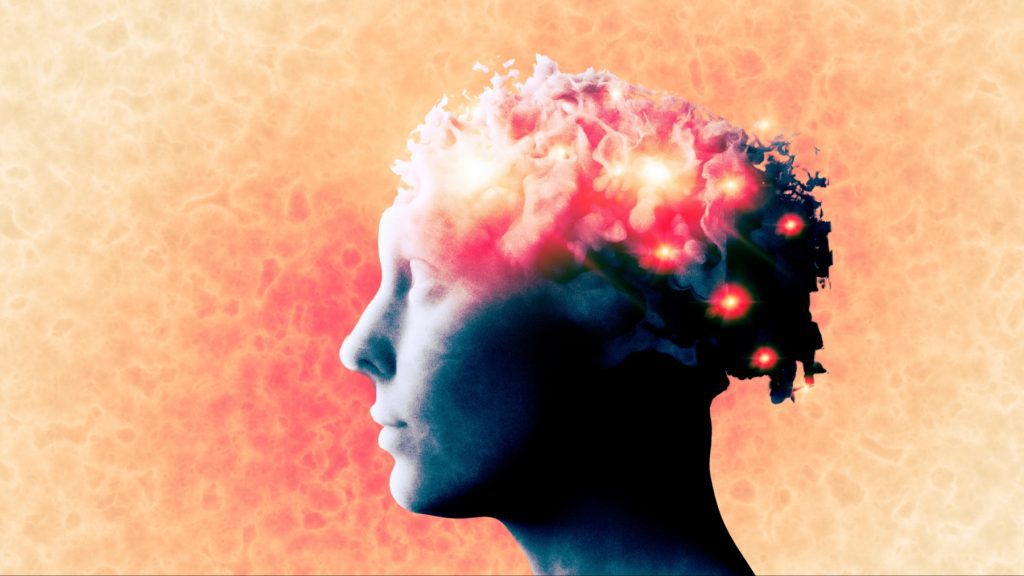
Researchers at University of Florida have established a new video processing system using machine learning to monitor Parkinson’s disease progression from home with more precision.
Researchers at the University of Florida College of Health and Human Performance mentioned in a detailed paper published in IEEE Transactions on Neural Networks, that this new tool was developed by Diego Guarin, an assistant professor at the University of Florida’s College of Health and Human Performance.
Simple Gestures to Advanced Diagnostics
It uses machine learning (ML) to analyze videos of patients who are affected by Parkinson disease and performs some simple hand movements, such as tapping their fingers, to identify very small changes in motor function. These changes can be indicative of the progression of Parkinson’s disease, often before they can even be seen with the naked eye.
Parkinson’s disease is a neurological disorder that gradually takes away the control of people on their movements. To date, no permanent cure has been found for this disease, and treatments are focused on symptoms management. Yet, one of the greatest challenges to the medical treatment for Parkinson’s is capability of monitoring the progress of this disease, precisely at its early stages when the symptoms are elusive.
Using traditional treating methods, physicians have always been dependent on a rating scale to know the extent of symptoms associated with Parkinson’s, but the method in and of itself is not perfect. It is based upon observation by a clinician, which can be subjective, and it usually requires patients to come into the clinic, which can sometimes be quite impractical.
Google’s MediaPipe for More Precision
To test the tool, videos of 66 people with Parkinson’s disease were analyzed and 24 healthy individuals performing the finger tapping test, a common test for bradykinesia, generally a hallmark sign of Parkinson’s disease. Videos were recorded in a controlled environment using software from Google called MediaPipe that tracks 21 key points on each hand. MediaPipe is an open-source framework enabling real-time processing for visual data to be passed through to a machine learning model, which enables it to understand speed, amplitude, and variability of the finger taps in the context of general movement patterns.
A Game Changer Tool
The outcomes of this new video processing system were promising, as it was able to differentiate healthy individuals and affect ones with 85% accuracy in addition to the classification of the severity of the disease with 86% accuracy.
Guarin emphasized that this technology can see everything doctors are looking for, only with added advantages to the AI technique to make it more user-friendly and timesaving.
Michael S. Okun, medical advisor for the Parkinson’s Foundation, said the automated video-based assessments could be a “game changer” for clinical trials and for care.
“The finger-tapping test is one of the most critical elements used for diagnosis and for measuring disease progression in Parkinson’s disease,” Okun added.
Final Thoughts
This new tool shows huge advances in the management of Parkinson’s disease, with a high accuracy and precision rate when it comes to in tracking symptoms. Its ability to identify symptoms is still at an early stage can also enable earlier intervention and slow the disease’s progression.
Since patients will record videos all on their own, testing for the reliability and consistency of this tool is still needed in real-time. Testing the system in real-world conditions is a must to ensure that it works well. Although promising, further validation is required to ensure this tool can provide accurate results outside of a controlled environment.